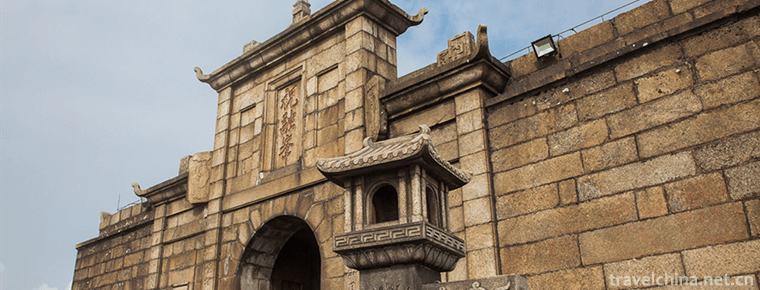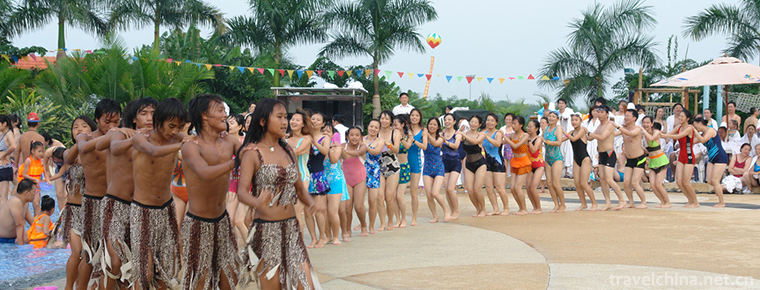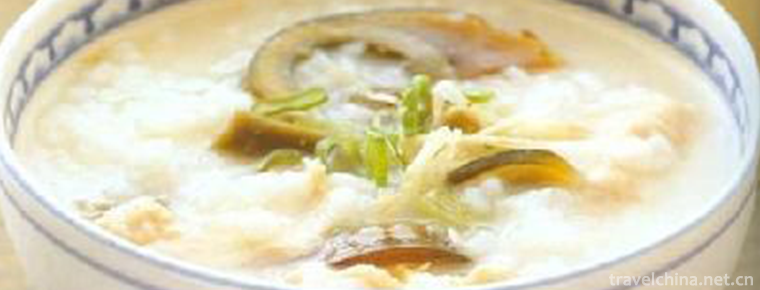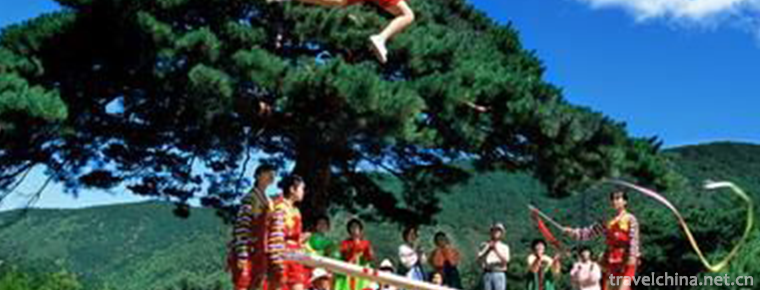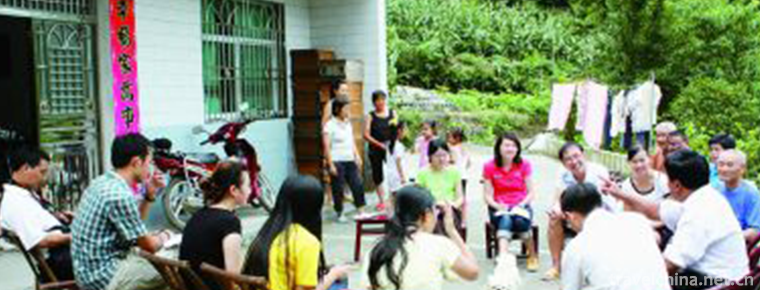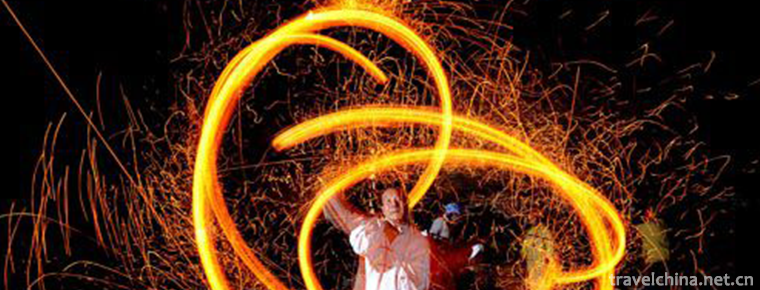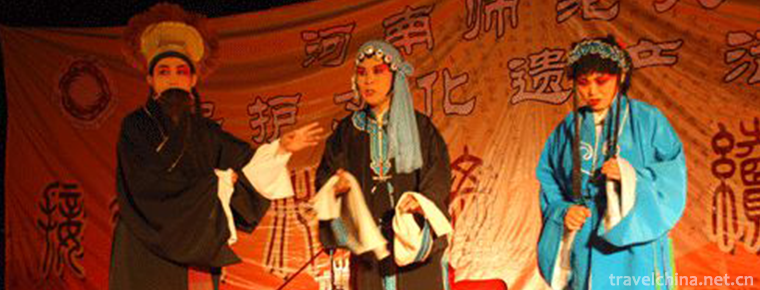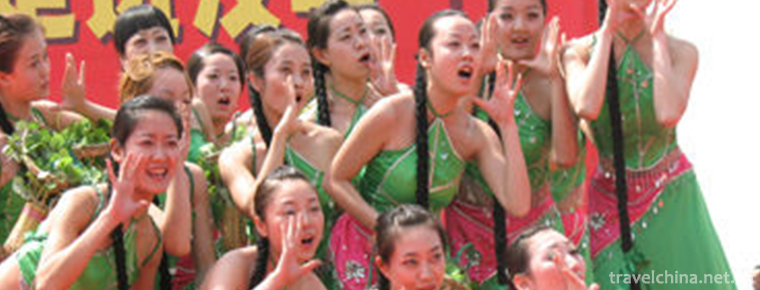Forging Skill of Iron Painting in Wuhu
Forging Skill of Iron Painting in Wuhu
Wuhu iron painting forging technology, local traditional handicraft in Wuhu City, Anhui Province, one of the national intangible cultural heritage.
Iron painting originated in the Song Dynasty and prevailed in the Northern Song Dynasty. During the reign of Kangxi in the Qing Dynasty, iron paintings in Wuhu, Anhui Province, became self-contained and gradually enjoyed worldwide fame. Wuhu Iron Painting takes hammer as pen, iron as ink, anvil as paper, forged iron as painting, and artistic skill as ghost axe.
In 2006, the forging technique of Wuhu iron painting was approved by the State Council and listed in the first batch of national intangible cultural heritage list, numbered_-39.
In June 2018, the forging technology of Wuhu Iron Painting was listed in the first batch of national traditional craft revitalization catalogue.
historical origin
Wuhu Iron Painting began in the reign of Kangxi in the Qing Dynasty (1662-1722). It was composed of Tang Peng, a Wuhu Iron Worker, and Xiao Yun, a Wuhu painter.
During the Guangxu period, due to social unrest and depressed people's livelihood, Shen Yixing Iron Flower Shop, the only one specializing in iron painting, was closed because of childless inheritance.
Since the founding of New China, iron painting has been valued and fostered by the government and the arts and crafts industry. In 1955, led by Chu Yanqing, the only surviving master of iron painting, a group of iron painting restoration was established. In 1956, Wuhu Arts and Crafts Factory was established with iron painting production as its main business. After the reform and opening up, iron painting has been further developed.
Technological characteristics
In the artistic treatment of Wuhu Iron Painting, the position and level of the picture are determined by the principle of scatter point perspective, mainly according to the arrangement of Chinese traditional painting. In the technique of brushing, "Gong", "Writing", "Drawing", "Rendering" and other painting techniques, they are expressed by forging techniques such as "smelting", "forging", "drilling", "cutting" and "filing". The three-dimensional effects of wood carving, brick carving, stone carving, clay sculpture and artistic exaggeration techniques in folk paper cutting are integrated into the whole production process.
Wuhu iron painting surface maintains the iron nature, does not paint, refined into landscapes, figures, flowers, insects, fish, birds, animals and other works of art. Its characteristics are not only the realm of traditional Chinese painting and ink painting, but also the strong sense of artistic three-dimensional, clear-cut black and white, vigorous and dignified, which is known as "skillfully seizing the unprecedented of all generations". Iron painting not only has the charm of traditional Chinese painting, but also has the three-dimensional beauty of sculpture. It also shows the flexibility and extensibility of iron and steel, forming a unique artistic style and is praised as "one of the best in China".
Technological process
The performance technology of iron painting mainly consists of forging iron, quenching and painting. Among them, forging iron technology is responsible for the shaping of "shape", which can be subdivided into several elements such as overall shape, detail expression and picture level. It is very important for the artistic style and artistic conception expression of iron painting. Quenching and painting technology is responsible for the expression of "color" of iron painting, especially for the formation of style and the expression of flavor of iron painting. Importantly, both of them are important components of the unique artistic characteristics of iron painting.
Forging iron technology: refers to the process of forging iron paintings, which involves three links: red satin, cold forging and ignition.
Quenching process: The traditional iron painting quenching process is to enable steel to obtain higher strength and toughness after red satin, to prevent the iron painting module from falling off over time. Later, under the exploration of the national master of Arts and crafts Chu Jinxia, quenching was given a new meaning, that is, through quenching process can enrich the performance color of iron painting.
Painting process: refers to the process of "using hot-baked rosin cedar as paint, coating on iron paintings to prevent rust, while increasing gloss and showing black". With the progress of the times, rosin tar has been replaced by modern paint, and the painting techniques have changed slightly, because if the traditional painting method is applied flat, it will appear that the craftsmanship taste is too heavy and the spirit is insufficient, so the experienced craftsmen will adjust the thickness of the paint according to the level of the screen needs.
Inheritance and Protection
Inheritance Significance
The composition of iron painting adopts Chinese painting's composition layout and brushwork, with thin lines in the foreground and rough lines in the near objects, so that the landscape can be divided into distant and near interests, the pavilion can get a sense of perspective, the characters can be vivid, the flowers and birds can show vivid posture, the skill of hammering and the theory of painting are interlinked, and the combination of painting and crafts.
After more than 300 years of inheritance and development, Wuhu Iron Painting has created three-dimensional iron painting, bonsai iron painting, porcelain plate iron painting, pure gold and gold-plated iron painting on the basis of traditional forms such as small scale scenery, painting lamp and screen. It has formed more than 200 varieties of five series, such as seating screen, mural painting, calligraphy, decorative display and cultural gifts. With its unique artistic style and charm, it has established a school of its own in the art circle. .
Current situation of inheritance
Nowadays, the benefit drive of market economy is constantly affecting the quality of iron painting. With the emergence of artists who have both Chinese painting and literary accomplishment, Wuhu iron painting is facing the dilemma of deformity and loss of artistry, and urgently needs the support and assistance of the state.
representative figure
Yang Guanghui, male, Han nationality, born in 1932 in Wuhu, Anhui Province. In June 2007, Yang Guanghui was selected as the representative inheritor of the forging techniques of Wuhu Iron Painting, the first batch of national intangible cultural heritage projects, and declared by Wuhu City, Anhui Province.
Yun Jinxia, female, Han nationality, born in November 1945 in Wuhu, Anhui Province. In December 2012, Chunjinxia was selected as the representative successor of the fourth batch of national intangible cultural heritage projects, declared by Wuhu City, Anhui Province.
protective measures
In order to promote the inheritance and development of forging techniques of iron paintings in Wuhu, a national intangible cultural heritage, Xie Keqian, a member of the People's Revolution, president of Zhongshan Academy of Calligraphy and Painting in Wuhu, Anhui Province, and Huiyifang Iron Painting in Wuhu, jointly established the Iron Painting Knowledge and Practice Society on March 4, 2018, and served as a tutor of Chinese painting to train Chinese painting skills and artistic theory accomplishment of iron painters.
social influence
Honorary recognition
In January 2015, Wuhu Iron Painting and stamps were combined to issue more than 10,000 stamps commemorative albums for the Year of the Sheep. In June of the same year, the combination of pen holder and three-dimensional Iron Painting Screen was awarded the silver prize for "Top Ten Top 100" tourism commodities sponsored by the National Tourism Administration.
Important Exhibitions
From June to July 1983, Wuhu Iron Paintings were exhibited at the Washington Children's Museum in the United States. People's Daily reported the grand exhibition on the theme of "Wuhu Iron Paintings, Make a Move for America".
Cultural anecdotes
Tang Peng, Zitianchi, was a native of Lishui, Jiangsu Province. When he was young, he fled to Wuhu, where the iron smelting industry was well developed. In order to make a living, Tang Tianchi began to work as an apprentice in a blacksmith shop.
Near the Buddhist holy place of Mount Jiuhua, Wuhu, there is a great flow of people, many of whom are pilgrims. Most pilgrims like to buy colored iron flower branches and lanterns sold in Wuhu Iron Shop for Buddhist worship. Tang Tianchi also made these iron products. Meanwhile, in order to innovate, he transplanted lanterns, flower branches and other contents together to make simple and interesting iron paintings. But it is very difficult for Tang Tianchi to make a breakthrough in technology. It happens that the blacksmith shop where Tang Tianchi is located is next to Xiao Yun, the painter. Tang Tianchi seeks advice from Xiao Yun.
Xiao Yuncong, a painter of Wuhu in the late Ming and early Qing Dynasties, is also the founder of Gushu Painting School. His rough paintings include fine, clean and clear brush and ink. His works are suitable for the production of iron paintings, such as ancient trees, shrub forests, cold mountains in ancient temples and thin willows in flat boats. Tang Tianchi often watches Xiao Yun from painting in order to solve the integration of art and art. He hopes to learn the art of painting so that his iron painting can develop. This diligent attitude has been recognized by Xiao Yuncong. From then on, Xiao Yuncong devoted himself to teaching Tang Tianchi's traditional Chinese painting techniques, and at the same time, according to the characteristics of forged iron, drawing drawings for Tang Tianchi. Their cooperation also brought about the integration and creation of the two arts, which made the iron painting achieve the artistic effect of both form and spirit.


-
Kowloon Lake Resort
Guangzhou Jiulong Lake Resort is a national AAAA-level tourist attraction with an area of 25,000 mu. The resort takes natural landscape as its broad carrier and family vacation as its leading function.
Views: 167 Time 2018-12-22 -
Hengshan Scenic Area
Hengshan Scenic Area, located in Nanyue District of Hengyang City, is a holy place of Quanzhen sect, the mainstream Taoist religion, with an elevation of 1300.2 meters. Because the climate conditions .
Views: 144 Time 2019-01-16 -
Jiahe City Hot Spring Valley
Jiahe City Hot Spring Valley is located in Jiahe City, Nanwu Avenue, northeast of Nanning City. It is about 13 kilometers away from Nanning International Convention.
Views: 379 Time 2019-01-21 -
Eight treasures porridge
Babao porridge is a dish of Manchu and Han Dynasty. It tastes sweet and delicious and enjoys a high reputation..
Views: 222 Time 2019-03-26 -
Korean Springboard and Swing
Springboards and swings are the most popular traditional folk sports for Korean women, and they have a broad mass character..
Views: 202 Time 2019-04-16 -
The Story of Duzhenwan
Duzhenwan stories cover myths and legends, life stories, ghosts, foxes, ghosts and other fields, including conspiracy, good and evil, kindness and hatred and other different types.
Views: 160 Time 2019-04-28 -
Wind and Fire Meteor
Fenghuo Meteor is a traditional folk performing art which combines acrobatics and martial arts. It is one of the first intangible cultural heritages in Shanxi Province. .
Views: 381 Time 2019-04-29 -
Falling cavity Luoqiang
Luoqiang is a traditional opera in Neihuang County, Anyang, Henan Province. It was originally called Luoziqiang, also known as Anyang Qiang. It is mainly prevalent in the Zhanghe River Basin in the no.
Views: 350 Time 2019-05-15 -
Pucheng Folk Song
Shaanxi folk song is the continuous interaction, integration, creation, development and transmission of various artistic forms among the working people in the production practice and social practice o.
Views: 152 Time 2019-06-09 -
Xinyang Folk Songs
Xinyang Folk Song is the traditional folk music of Xinyang City. Xinyang City, known as the hometown of song and dance in Henan Province, has a rich stock of traditional folk music, dance and other tr.
Views: 311 Time 2019-07-06 -
Legend of Yang Jiajun
The Legend of Yang Jia Jiang is a kind of literature expressed by folk rap in Northwest China. The story of the generals of the Yangs has a long history. It began to circulate as early as the Song Dyn.
Views: 125 Time 2019-07-11 -
Public education in Chengdu Giant Panda Base
From 2003 to 2016, Chengdu base received more than 100000 primary and secondary school students at home and abroad, and trained more than 800 volunteers; went to colleges and universities, communities, primary and secondary schools, kindergartens and nature .
Views: 353 Time 2020-12-13

